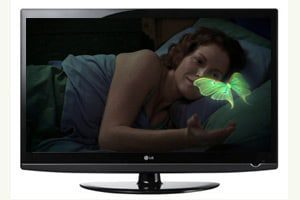
Results of a recent study show that six out of 10 prescription drug ads are misleading—as were eight out of 10 ads for over-the-counter drugs. Researchers analyzed 168 ads for medication that aired on nightly news, Scientific American reports. They assessed each commercial’s main claim and found that only about a third of the ads […]
 Results of a recent study show that six out of 10 prescription drug ads are misleading—as were eight out of 10 ads for over-the-counter drugs.
Results of a recent study show that six out of 10 prescription drug ads are misleading—as were eight out of 10 ads for over-the-counter drugs.
Researchers analyzed 168 ads for medication that aired on nightly news, Scientific American reports. They assessed each commercial’s main claim and found that only about a third of the ads made statements that were “objectively true.” More than half the claims were potentially misleading, meaning they were exaggerated, omitted important information, made unreasonable links to lifestyle improvement, or conveyed opinion rather than fact. The study appeared in September in the Journal of General Internal Medicine.
The authors conducted a content analysis of a cross-section of television advertisements for prescription and nonprescription drugs aired from 2008 through 2010. They used randomly selected television segments containing drug advertisements taken from the Vanderbilt Television News Archive, a census of national news broadcasts, according to the description on the journal web site.
Of the most emphasized claims in the 84 prescription and 84 nonprescription drug advertisements, 33 percent were objectively true, 57 percent were potentially misleading and 10 percent were false. In prescription drug ads, there were more objectively true claims (43 percent) and fewer false claims (2 percent) than in nonprescription drug ads (23 percent objectively true, 7 percent false). The number of potentially misleading claims were similar in prescription (55 percent) and nonprescription (61 percent) drug ads.
In a brief summary of their conclusions, the authors write, “Potentially misleading claims are prevalent throughout consumer-targeted prescription and nonprescription drug advertising on television. These results are in conflict with proponents who argue the social value of drug advertising is found in informing consumers about drugs.”


